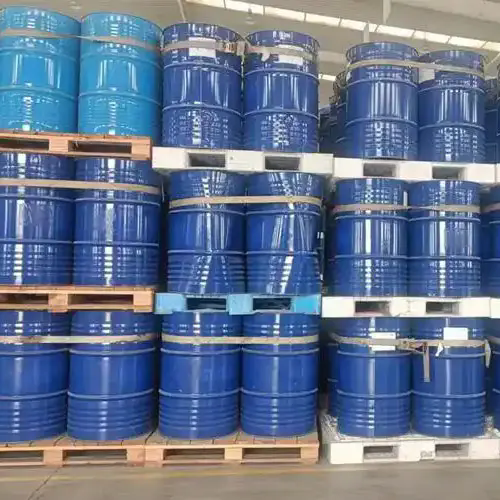Functional Additives: Enhancing Performance Across Industries
2025-05-27
In the world of materials science and product development, functional additives play a crucial role in improving the properties, performance, and longevity of various products. From plastics and coatings to food, cosmetics, and construction materials, these additives are essential components that offer specific advantages beyond the basic composition.

What Are Functional Additives?
Functional additives are substances added in small quantities to a base material to impart or enhance specific properties. They do not significantly alter the primary structure or purpose of the material but instead provide extra features such as durability, stability, safety, or aesthetic appeal.
These additives are widely used in polymer processing, paint and coatings, pharmaceuticals, food production, personal care products, and construction materials.
Common Types and Their Functions
1. Plastic Industry
UV Stabilizers: Protect plastics from degradation caused by sunlight.
Antioxidants: Prevent thermal degradation during processing and use.
Flame Retardants: Improve fire resistance of materials.
Antistatic Agents: Reduce static electricity buildup.
Fillers and Reinforcements: Improve mechanical strength and reduce cost.
2. Food Industry
Preservatives: Extend shelf life by preventing microbial growth.
Emulsifiers: Help mix ingredients that usually don't combine well (e.g., oil and water).
Thickeners and Stabilizers: Improve texture and consistency.
Color and Flavor Enhancers: Improve appearance and taste without changing nutritional value.
3. Paints and Coatings
Anti-corrosion Additives: Protect metal surfaces.
Flow Modifiers: Ensure smooth application.
Biocides: Prevent mold and mildew growth.
Matting Agents: Reduce gloss for a matte finish.
4. Cosmetics and Personal Care
UV Filters: Protect skin from harmful UV rays in sunscreens.
Moisturizing Agents: Improve hydration in skin care products.
Preservatives: Extend product life and safety.
5. Construction Materials
Waterproofing Additives: Prevent water absorption in cement and concrete.
Plasticizers: Improve the workability of materials like mortar and concrete.
Accelerators and Retarders: Control the setting time of concrete.
Advantages of Using Functional Additives
Improved Performance: Enhances durability, stability, and efficiency.
Cost Efficiency: Reduces need for expensive base materials by improving functionality.
Environmental Protection: Many additives help reduce emissions or waste.
Safety and Compliance: Helps meet regulatory standards in various sectors.
Conclusion
Functional additives are small in quantity but big in impact. They are the hidden champions that give everyday products their essential characteristics—whether it’s making a plastic chair last longer under the sun, keeping food fresh, or helping a coating resist corrosion. As technology evolves, the demand for more sustainable and multifunctional additives will continue to grow, shaping the future of materials and products across industries.


